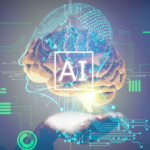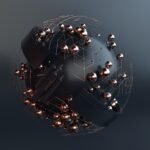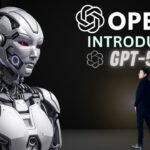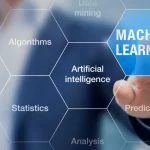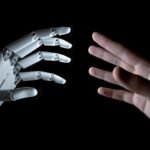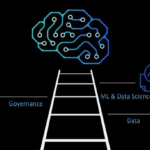Understanding Generative Adversarial Networks (GANs)
Generative Adversarial Networks (GANs) have emerged as a powerful class of machine learning models that can generate realistic and high-quality synthetic data. GANs are unique in their ability to learn from and generate new data by training two competing neural networks: a generator and a discriminator. In this blog, we will explore the concept of GANs, their architecture, and their applications in various fields.
The GAN Architecture
The GAN architecture consists of two main components: the generator and the discriminator. The generator network takes random noise as input and generates synthetic data samples. The discriminator network, on the other hand, aims to distinguish between real and generated data. During training, the generator and discriminator are pitted against each other in a game-theoretic setup, where the generator tries to produce data that can fool the discriminator, while the discriminator learns to become more adept at distinguishing real data from generated data.
Adversarial Training
GANs employ an adversarial training process to optimize the generator and discriminator networks. The generator aims to minimize the discriminator’s ability to correctly classify the generated data as fake, while the discriminator aims to maximize its ability to differentiate real data from generated data. This adversarial process drives both networks to improve over time, with the generator learning to produce more realistic data and the discriminator becoming more discerning.
Generating Realistic Data
The primary application of GANs is in generating realistic data samples that resemble the training data. GANs have been successful in generating synthetic images, audio, video, and even text. By learning the underlying patterns and distributions in the training data, the generator network can generate new data samples that are statistically similar to the real data. This ability to generate realistic data has applications in various fields, such as art, entertainment, and data augmentation for training other machine learning models.
Image and Video Synthesis
One of the most prominent applications of GANs is in image synthesis. GANs can generate realistic images by learning from a dataset of real images. The generator network learns to create new images that resemble the training data, while the discriminator network learns to distinguish between real and generated images. This application has found use in creating deepfakes, generating realistic images for computer graphics, and even in medical imaging for data augmentation and anomaly detection.
Text-to-Image Synthesis
GANs can also be used for text-to-image synthesis, where a generator network takes textual descriptions as input and generates corresponding images. By training on paired text-image datasets, GANs can learn the mapping between textual descriptions and visual representations, enabling the generation of images based on textual prompts. This application has potential use cases in areas such as digital content creation, design, and visual storytelling.
Data Augmentation and Balancing
GANs can be employed for data augmentation, particularly in scenarios where training data is limited. By generating synthetic data samples that are similar to the real data, GANs can expand the training dataset and improve the generalization of machine learning models. GANs can also help address class imbalance in datasets by generating synthetic samples for underrepresented classes, ensuring a more balanced training set and improving model performance on minority classes.
Domain Adaptation and Style Transfer
GANs have been leveraged for domain adaptation and style transfer tasks. By training on datasets from different domains, GANs can learn to transform data samples from one domain to another while preserving important characteristics. This ability to transfer styles and adapt to different domains has applications in image translation, artistic style transfer, and even in adapting models trained on one dataset to perform well on a different but related dataset.









